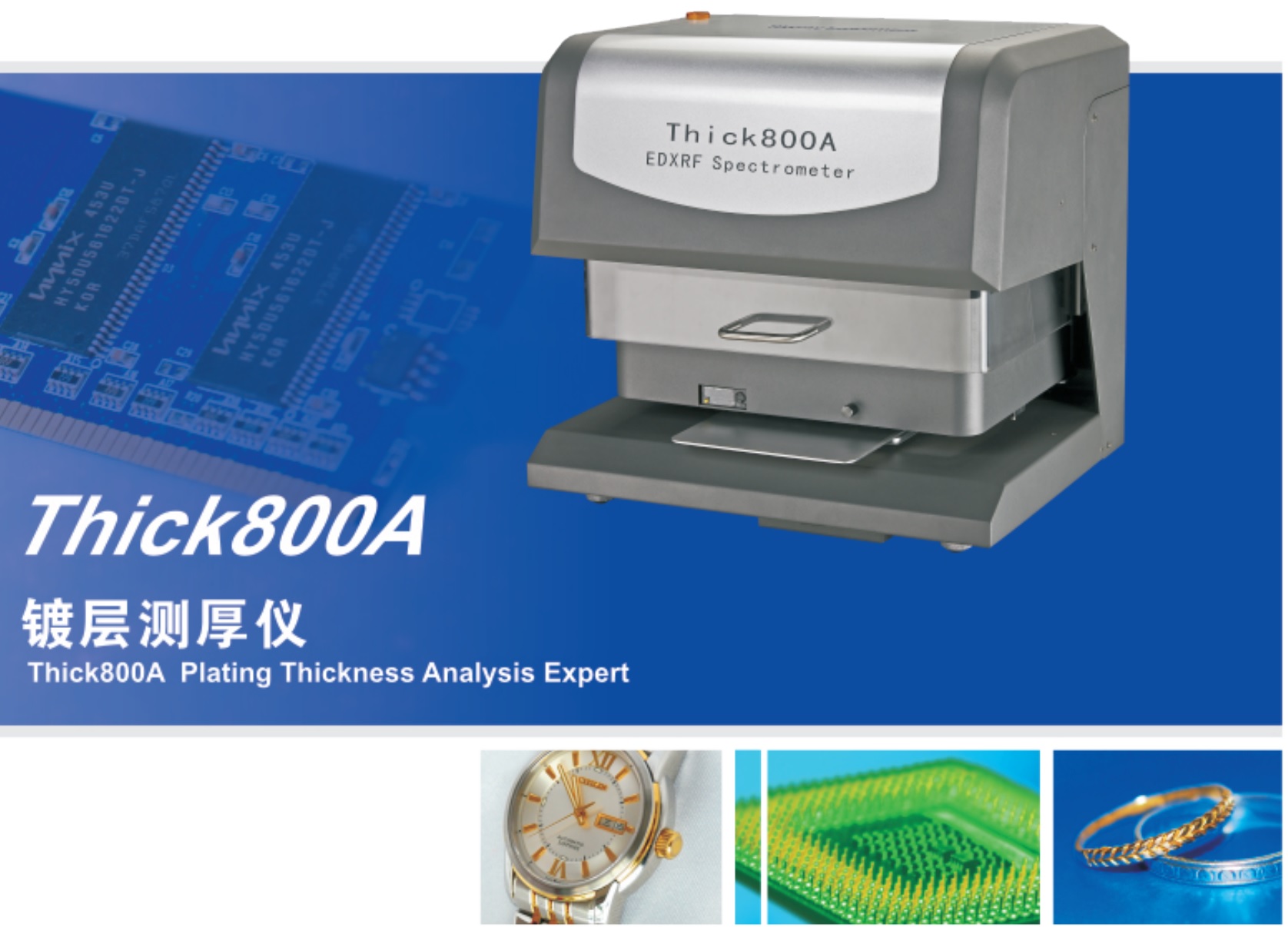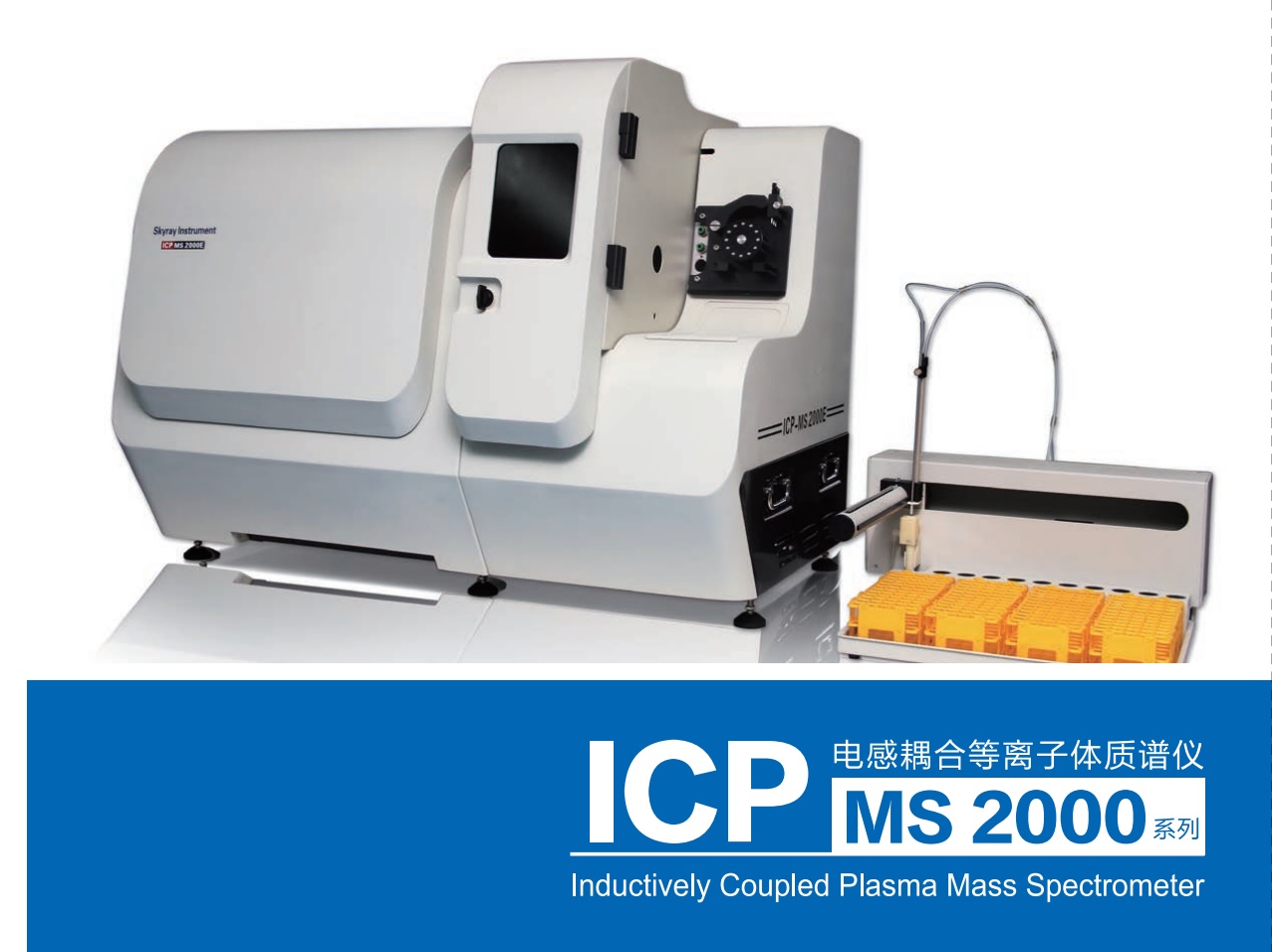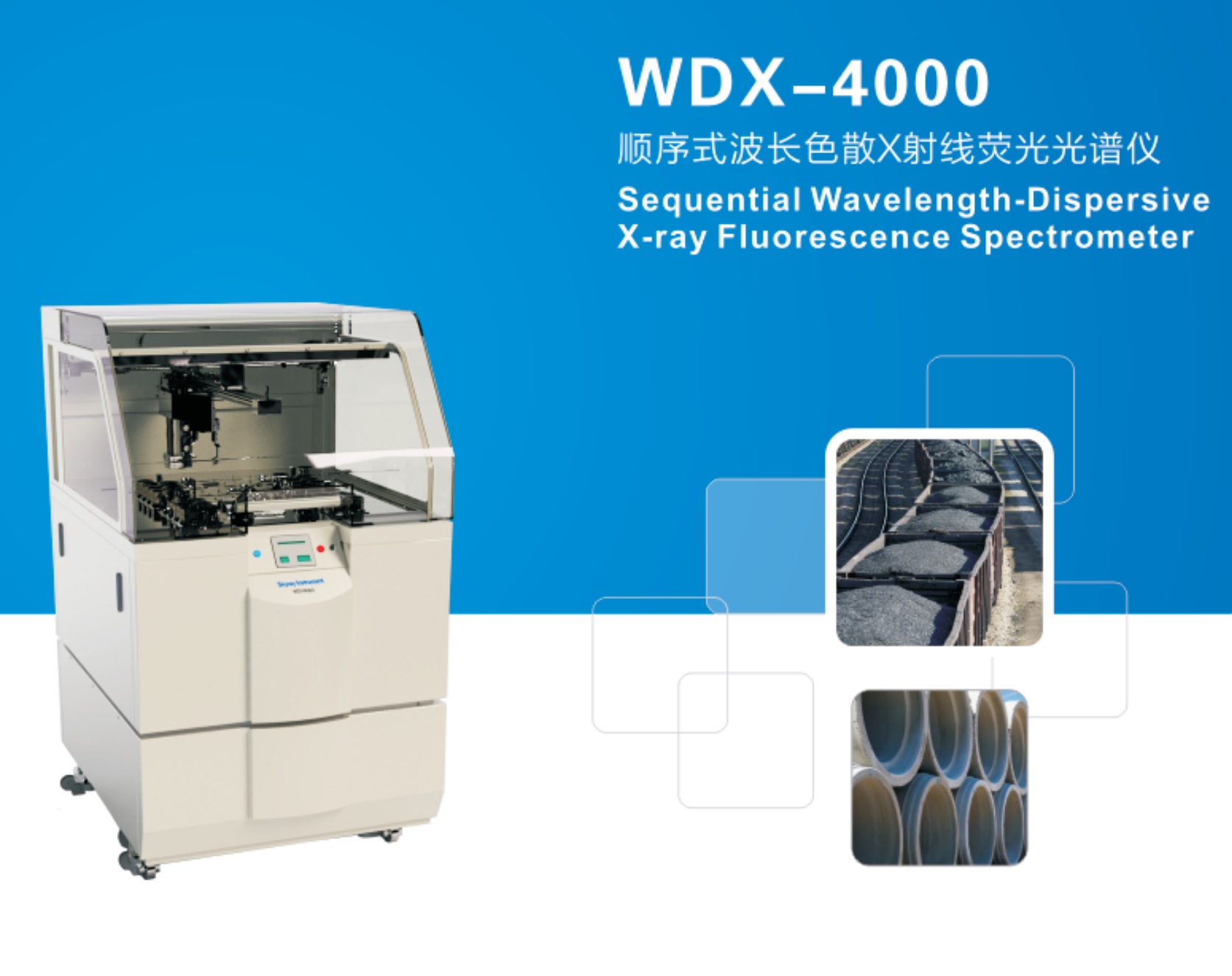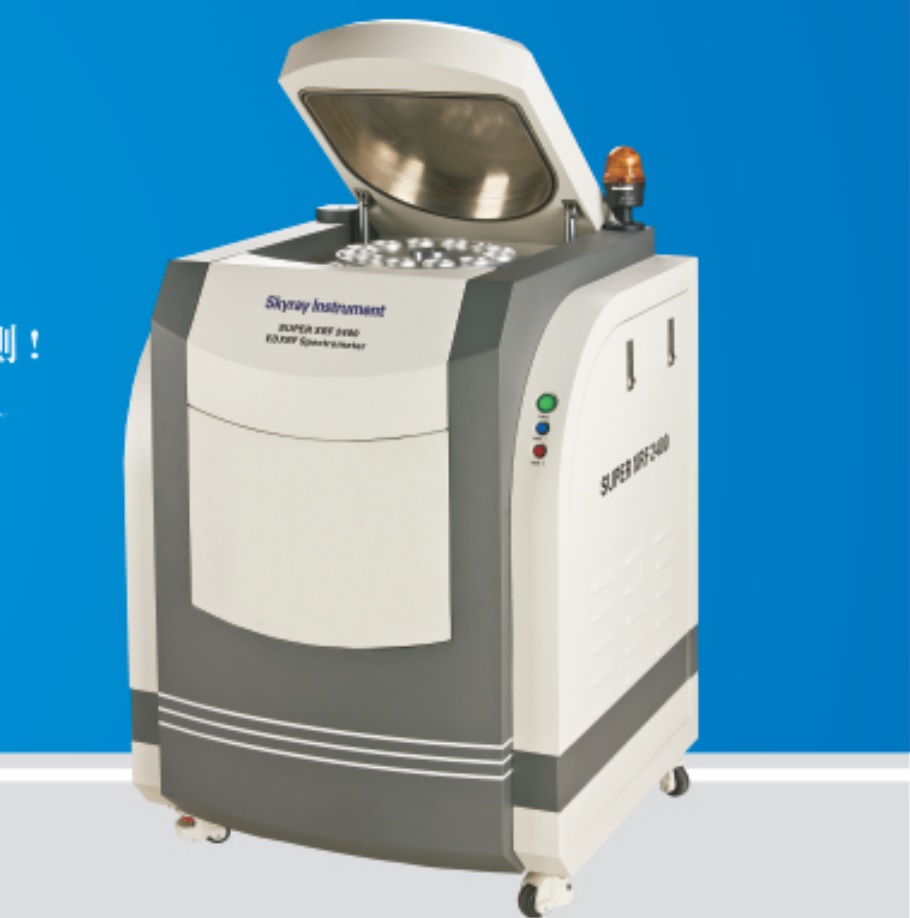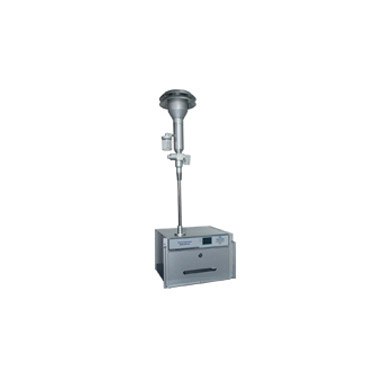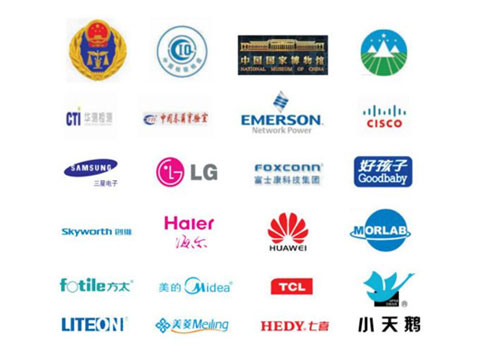The airborne particulate matter analyzer is used to continuously monitor the mass concentration of particulate matter in the ambient air. The quality of PM2.5 (PM10/TSP) particles in the atmosphere is measured accurately by using the beta - ray absorption method, which is in line with the United States Environmental Protection Agency standard and the national standard, and combined with the mature atmospheric particulate matter sampling and enrichment technology. A simple and reliable design of mechanical structure and modular design to ensure the stable operation of the instrument for a long time, so that the quality concentration of particles is simple, reliable and efficient in on-line monitoring.
Performance characteristics
Air particulates cutter (PM1, PM2.5, PM10, TSP) with different specifications can be configured to measure the particle size distribution of atmospheric particulates.
Using beta ray absorption method conforming to US EPA standard and national standard
The low radiation C-14 is a beta ray source, which is completely radiation resistant. It is safe and reliable, even if there is no radiation leakage inside the instrument.
Simple and reliable mechanical structure and airflow system, through the mass flow controller to achieve accurate measurement and control of sampling velocity.
The enrichment and detection of particulates are in the same channel, eliminating the errors caused by the movement of filter paper.
The dynamic heating system (DHS) can not only eliminate the humidity interference of the air, but also retain the volatile components in the particulates.
Different from other manufacturers using the traditional Geiger Miller counter, the scintillation photomultiplier as a beta detector has better detection efficiency and longer, more than 5 years of service life
All through pipes are heated with higher heating efficiency and faster speed, and can adapt to abrupt weather conditions.
Chinese and English operation interface, graphical display, built-in self-test and diagnosis, can store more than half a year's data, and download data through special software.
The instrument has low maintenance and low failure rate. It only needs calibration and check once a year. It supports the paper saving mode, and it can replace the filter paper for more than two years.
With RS232/485, Ethernet and other external interfaces, it can realize remote transmission and monitoring of operation parameters, status and data.
The international standard 19 "chassis design can be conveniently installed on the standard cabinet.
application area
EPM-2050 can continuously measure and analyze PM2.5/PM10/TSP particulates in the atmosphere and has the following applications
1. air quality monitoring
Analysis of the characteristics of 2. air particles
3. atmospheric background measurement
4. environmental assessment, licensing
5. pollution prediction and early warning
Spare parts / spare parts
1. air particulate cutter according to us EPA standard: TSP, PM10, PM2.5 (SCC).
2. piping selection for dynamic heating system: (1.5m, 2m, 2.5m...)
3. thin film pump assembly
4. standard cabinet
technical parameter
Minimum detection limit: less than 2 g/m3 (average of 24 hours)
Test concentration range: 0~1000 mu g/m3 or 0~10000 mu g/m3
Test resolution: 0.1 mu g/m3
Accuracy: less than 5% (24 hours)
Flow stability: less than 2% (usually set at 16.67L/min).
Measurement period: less than 1h (time can be set)
Parallelism: less than 10%
Concentration display cycle: default one hour, can be set
External interface: RS-232/485, RJ45, 4~20mA, TTL and other data transmission and control mode.
Working conditions:
Working conditions of cutters: ambient temperature (-40~50) C, atmospheric pressure (80~106) kPa
Monitor working conditions: ambient temperature (15~40) C, ambient humidity (less than 90%) atmospheric pressure (80~106) kPa
Working power: AC (220 + 22) V, (50 + 1) Hz
Instrument size and weight: 417 x 483 x 382 mm (L x W x H) monitor 25kg/ pump 7.5kg







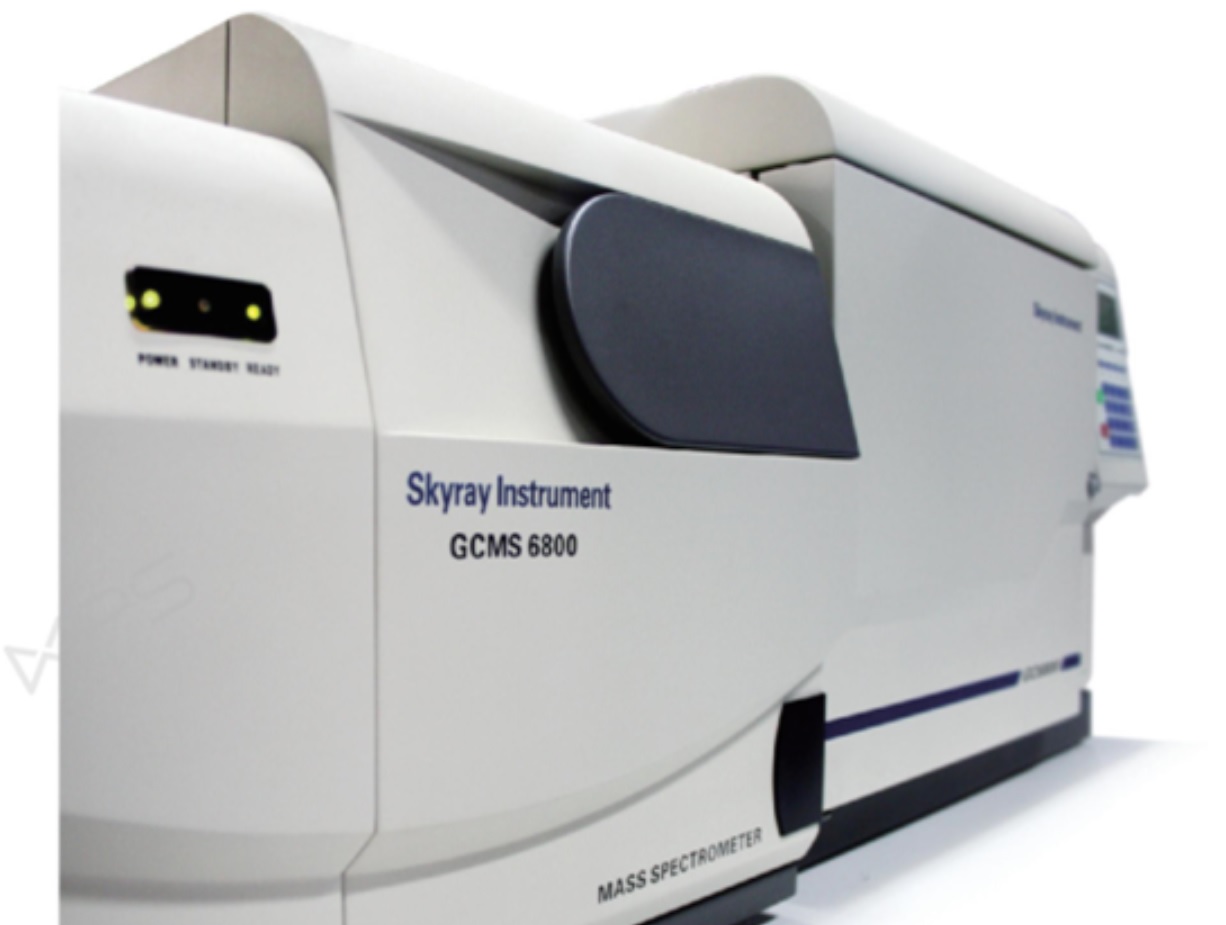
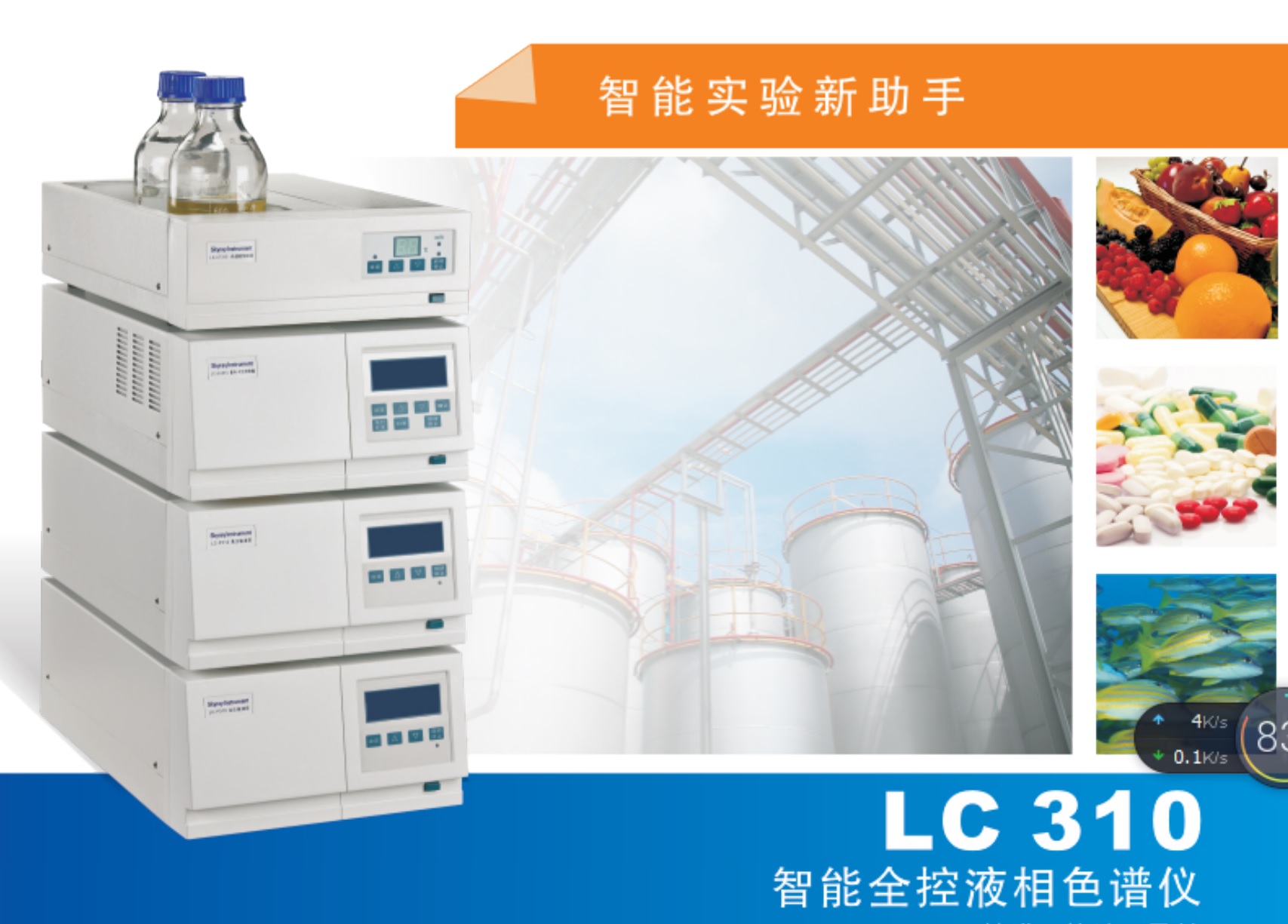
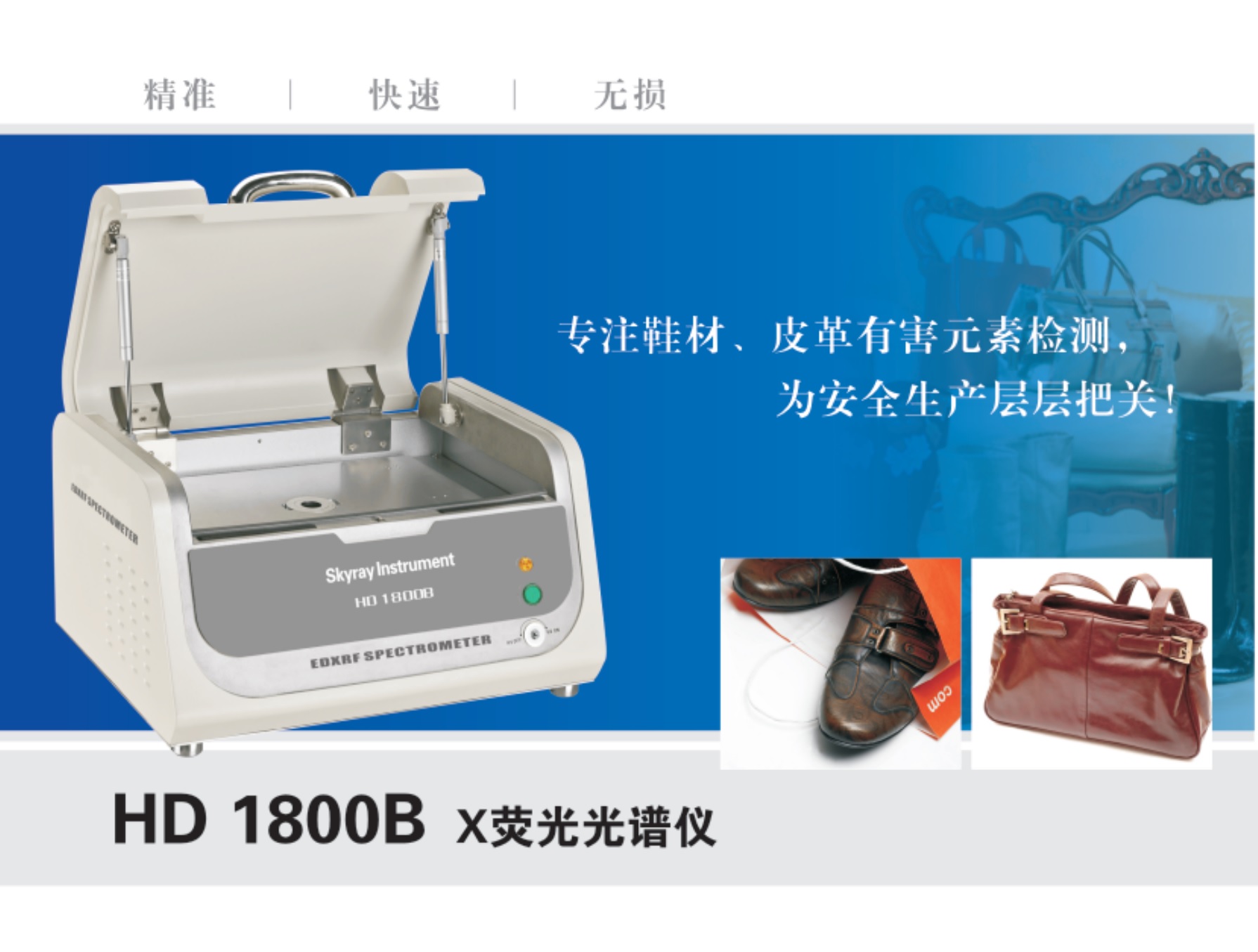
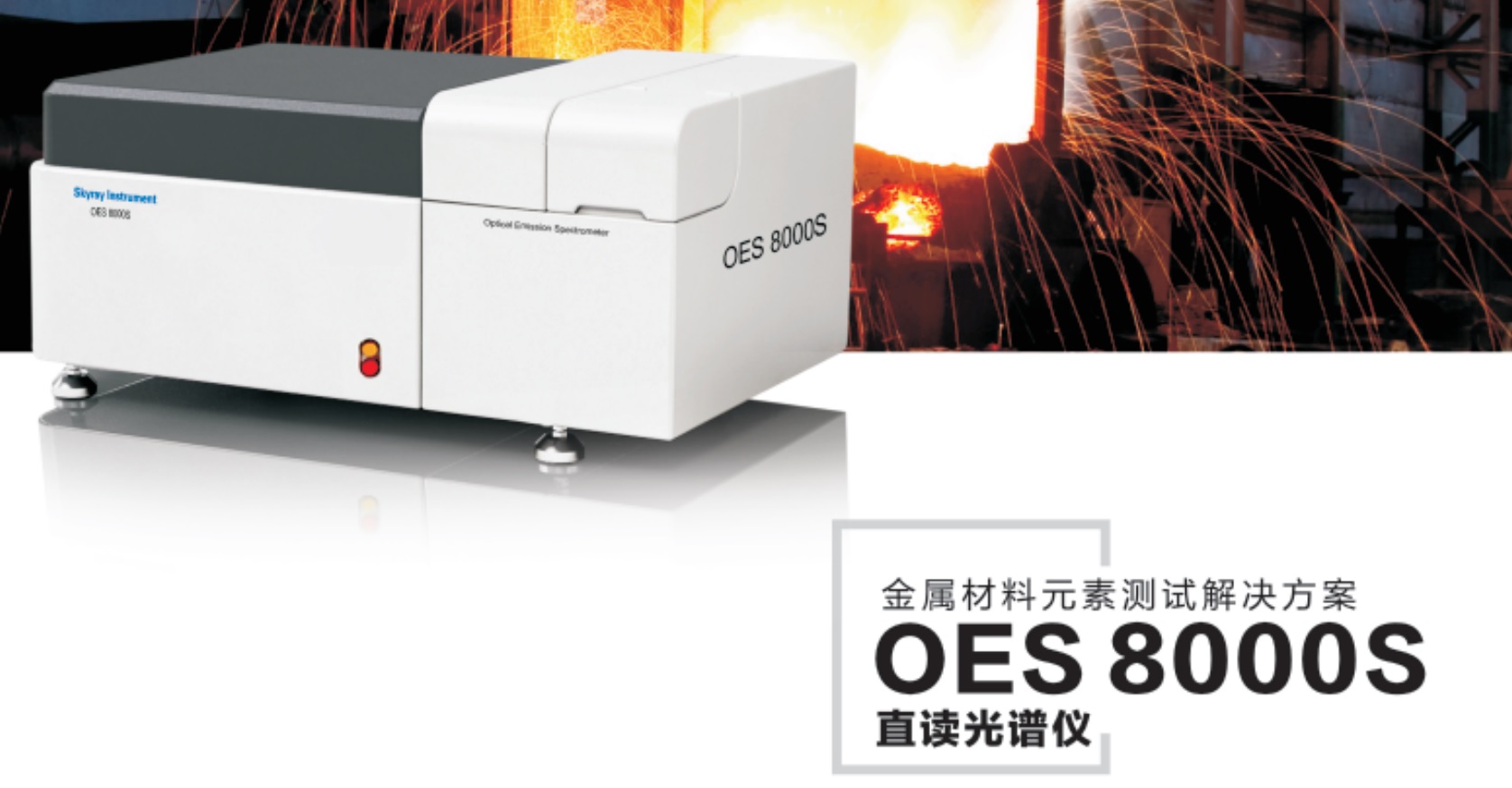
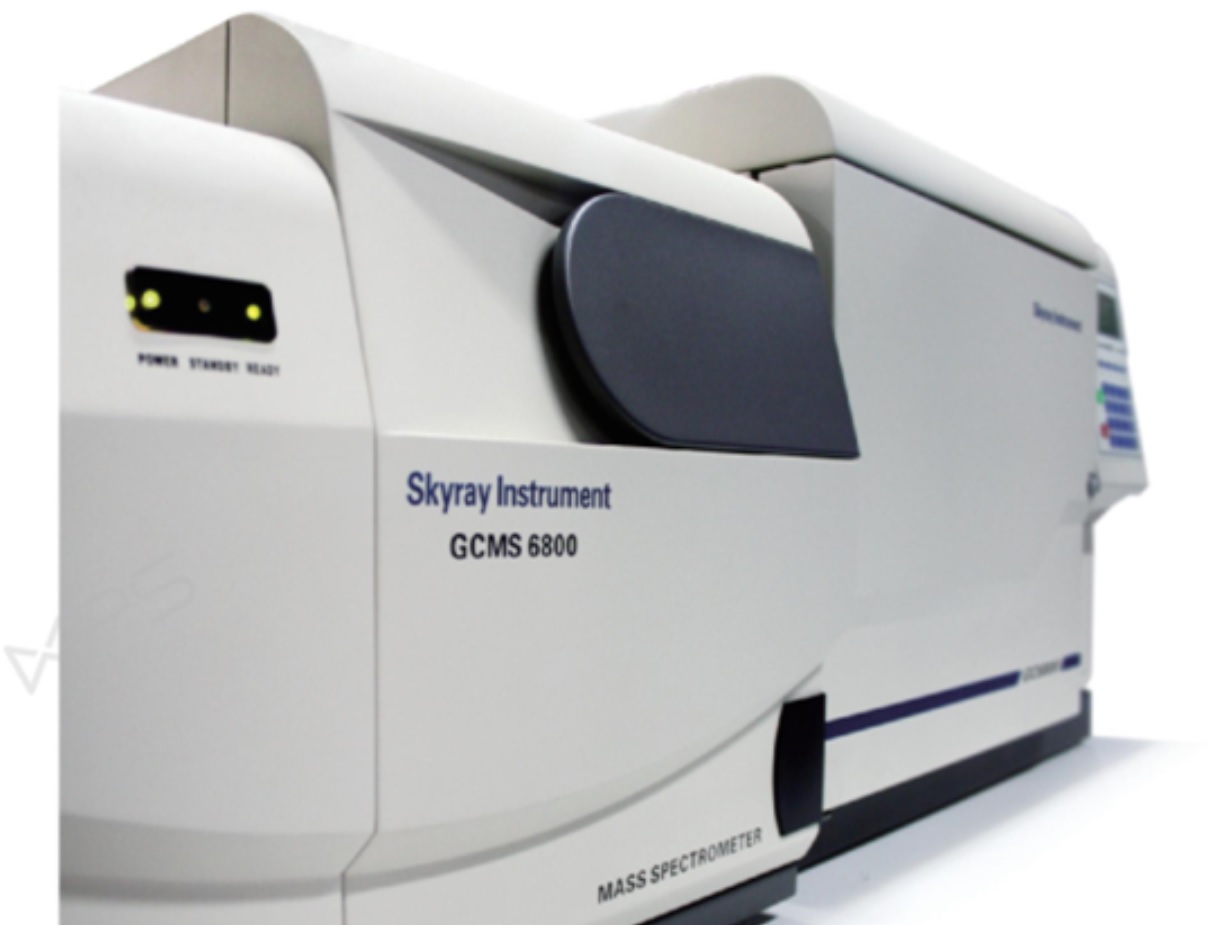


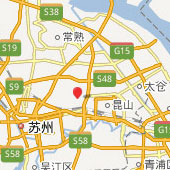

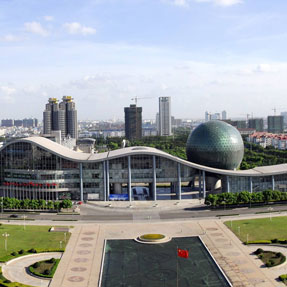
 Chinese
Chinese Investor Relations
Investor Relations E-mail
E-mail Notice:
Notice: